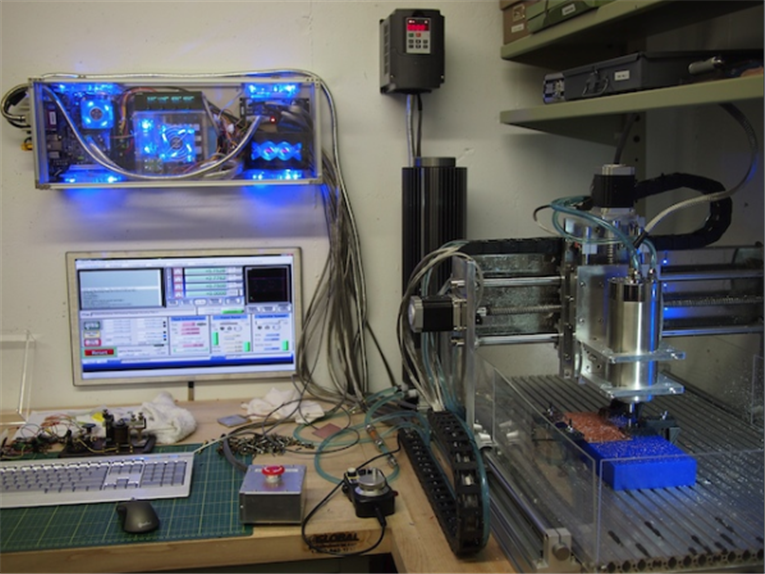Understanding repeatability, its causes, and its influence on the performance of a linear-motion system is essential in determining the capability needed in a given application, as well as specifying the appropriate components.Ideally, a motion system repeatedly and consistently moves a load to a given target point with some degree of tolerance or uncertainty. In this case, the term “repeatability” is how close those motions are to one another. Factors that affect repeatability include system friction, torsional stiffness, load, acceleration, backlash, and motion performance.
Repeatability, the most fundamental standard of system performance, defines the variation in a series of moves or, more analytically, the width of dispersion about the mean for a significant number of positioning trials. Repeatability, a statistical quality, is commonly defined for a normal distribution by a dispersion width corresponding to a number of standard deviations.Usually, three-standard-deviation repeatability (3 sigma) is specified. Consider, for example, a positioner with a repeatability specification of 0.0001 in. For 3 sigma, any series of identical movements fall within a dispersion width of 0.0001 inches with 99.74% confidence. By way of comparison, 2 sigma equates to a 95.44% confidence, while 6 sigma corresponds to a 99.9997% confidence interval. Frequently, motion systems only need to demonstrate consistency or minimal variability. Higher levels of precision are not needed. In such cases, repeatability is the only attribute necessary to satisfy the precision requirement.Repeatability is bidirectional, with unidirectional repeatability defining the performance for approaches from only one side of the target. It is affected by non-constant static friction (i.e., stiction) and the degree of torsional stiffness in the drive train. Stiction gives rise to movements characterized by a breakaway jump as force is applied to initiate motion: Inadequate torsion stiffness causes windup, which is motion input without a corresponding output displacement.Bidirectional repeatability defines the performance for approaches from either side of the target. A high level of unidirectional repeatability is relatively easy to achieve since backlash, the motion lost on reversal that contributes to bi-directional repeatability, does not affect unidirectional movement. Of course, approaching targets from a single direction sacrifices throughput times. Bidirectional repeatability is more demanding.
A high degree of bidirectional repeatability presupposes a high-level of unidirectional repeatability. Tolerances between drive train elements such as lead screws/nuts, meshed gears, and multi-piece couplings must be closely controlled, and preloads must be adjusted to limit backlash, which may be considered a mechanical dead band in the motion system.In programmable motion systems, designers can remove backlash by making small, incremental moves before making normal moves in a given direction. Minimizing the number of interacting drive train elements or the play (or looseness) between components (which develops as components wear) also reduces backlash.In rolled ball screws, backlash is typically less than 0.001 in. This compares to backlashes of less than 0.0001 in. for high-precision ground ball screws.When high performance and maximum production throughput are required, bidirectional repeatability will usually be required as well.
Post time: Nov-19-2018








